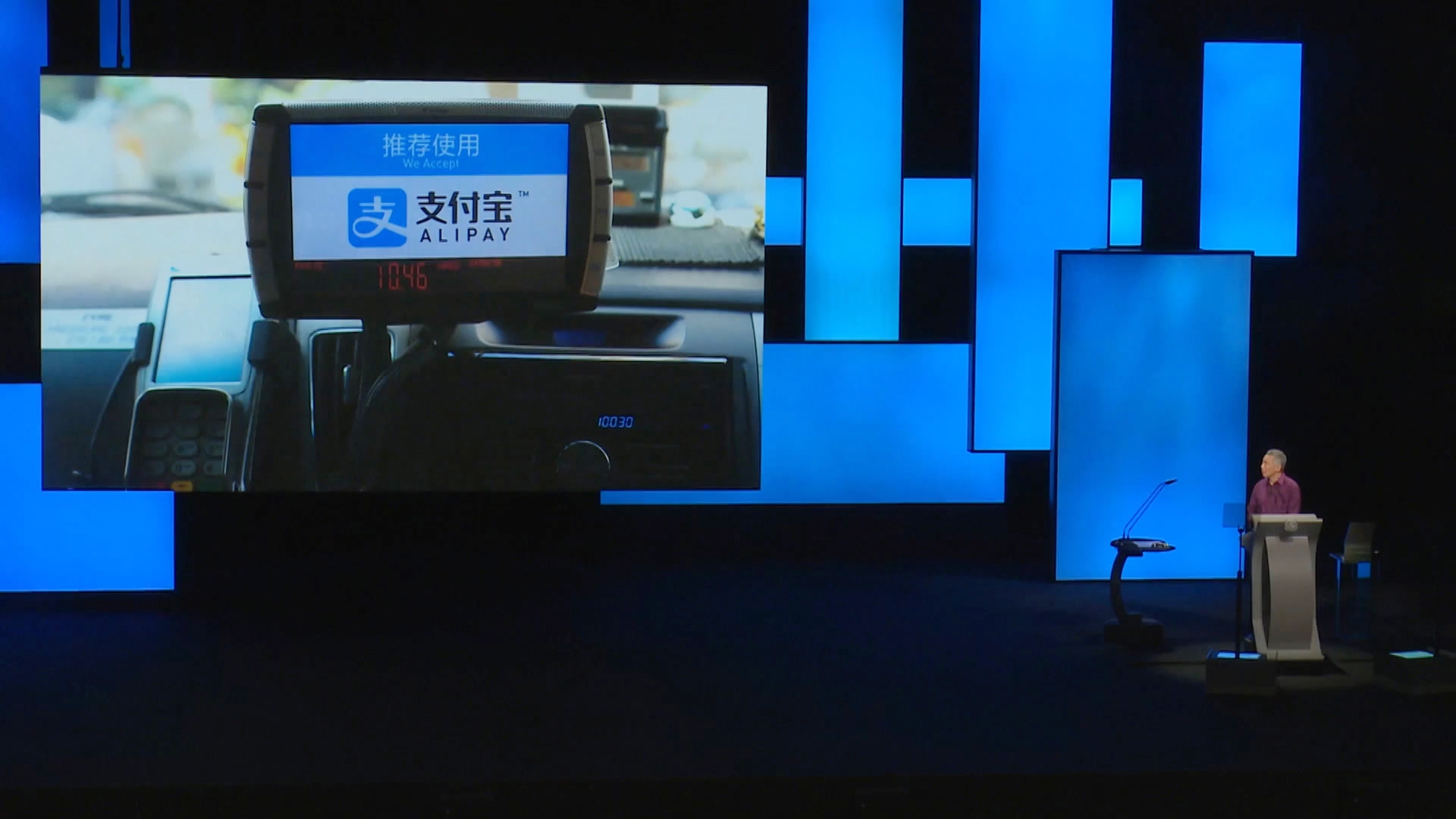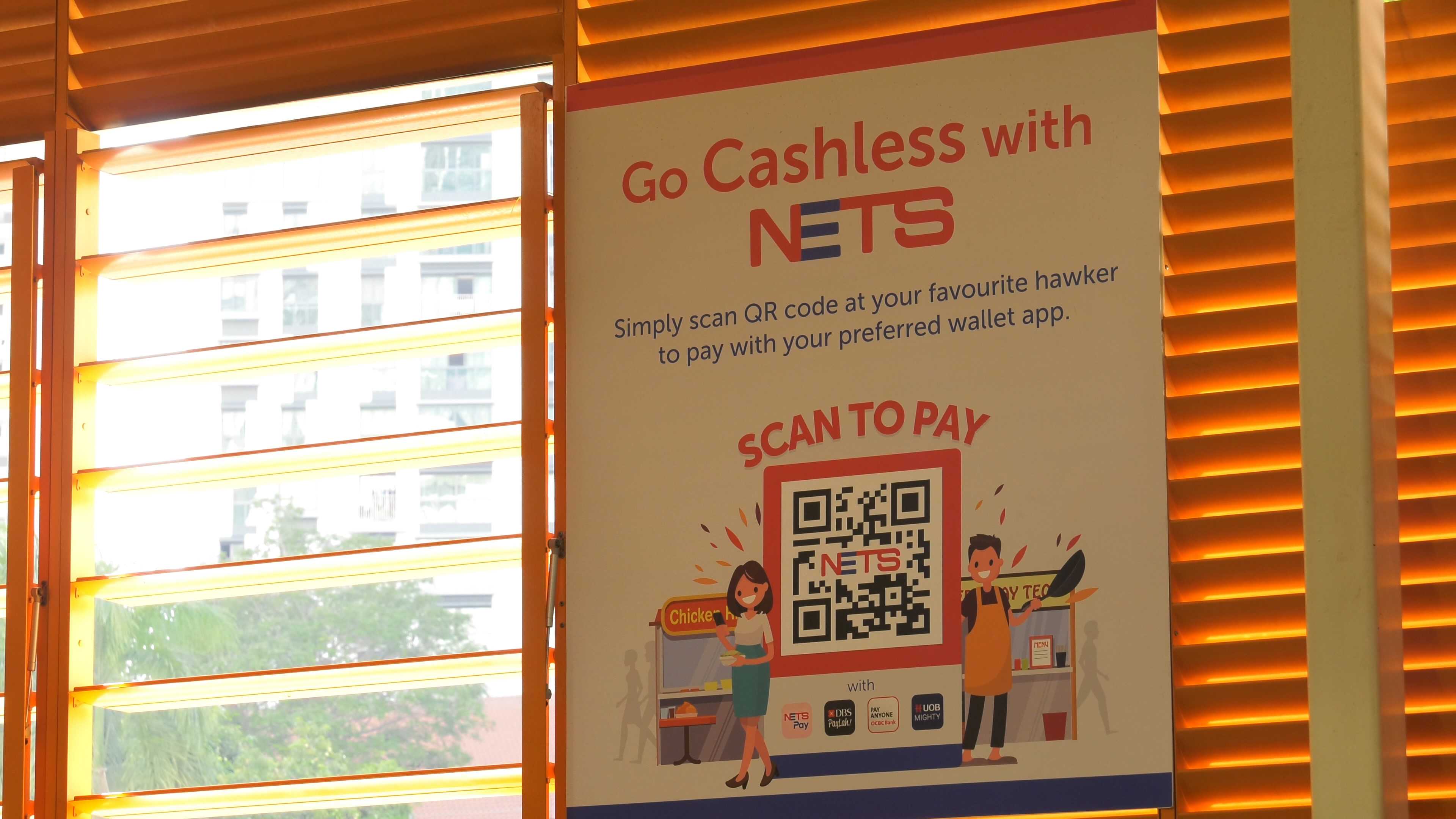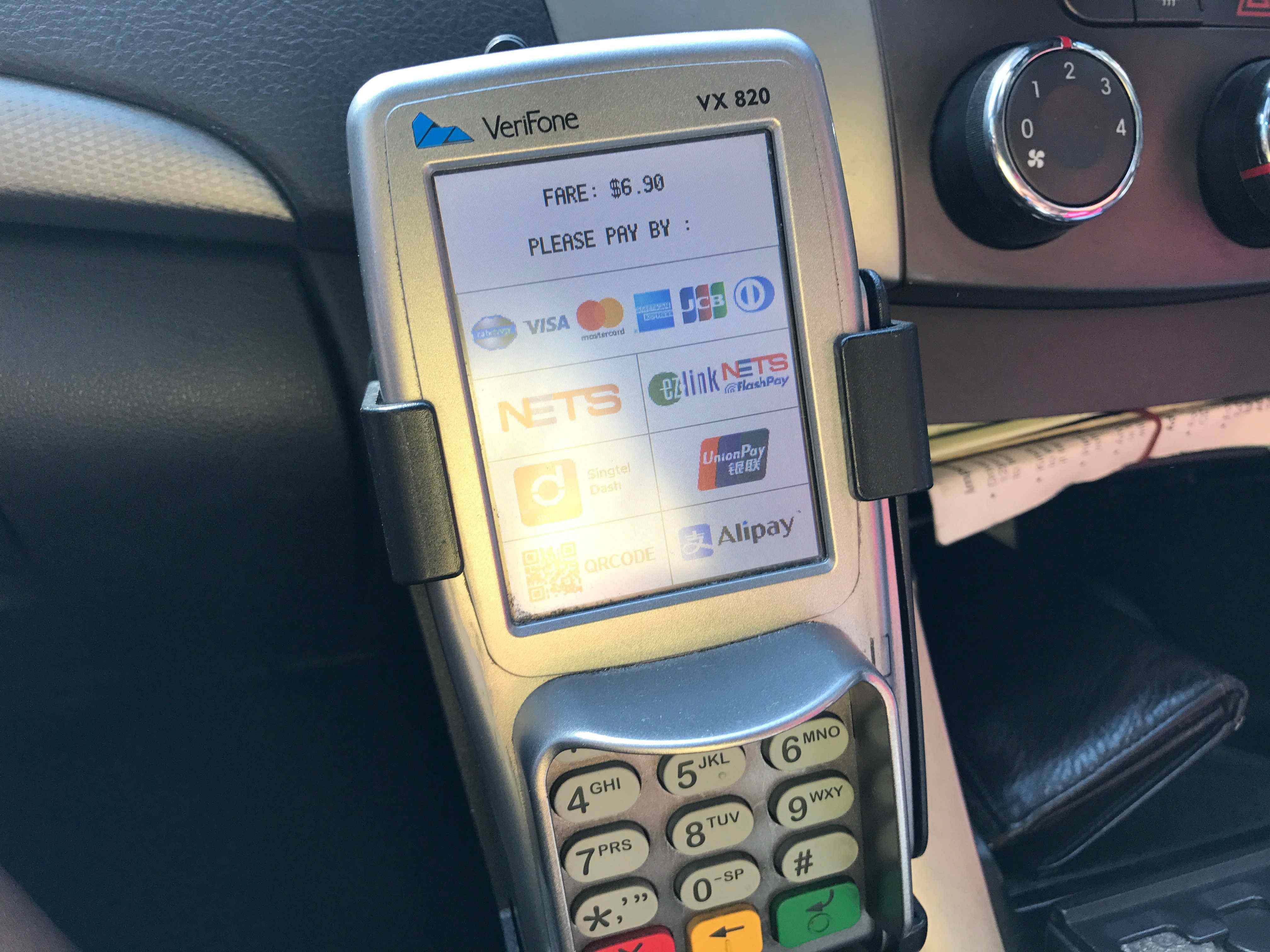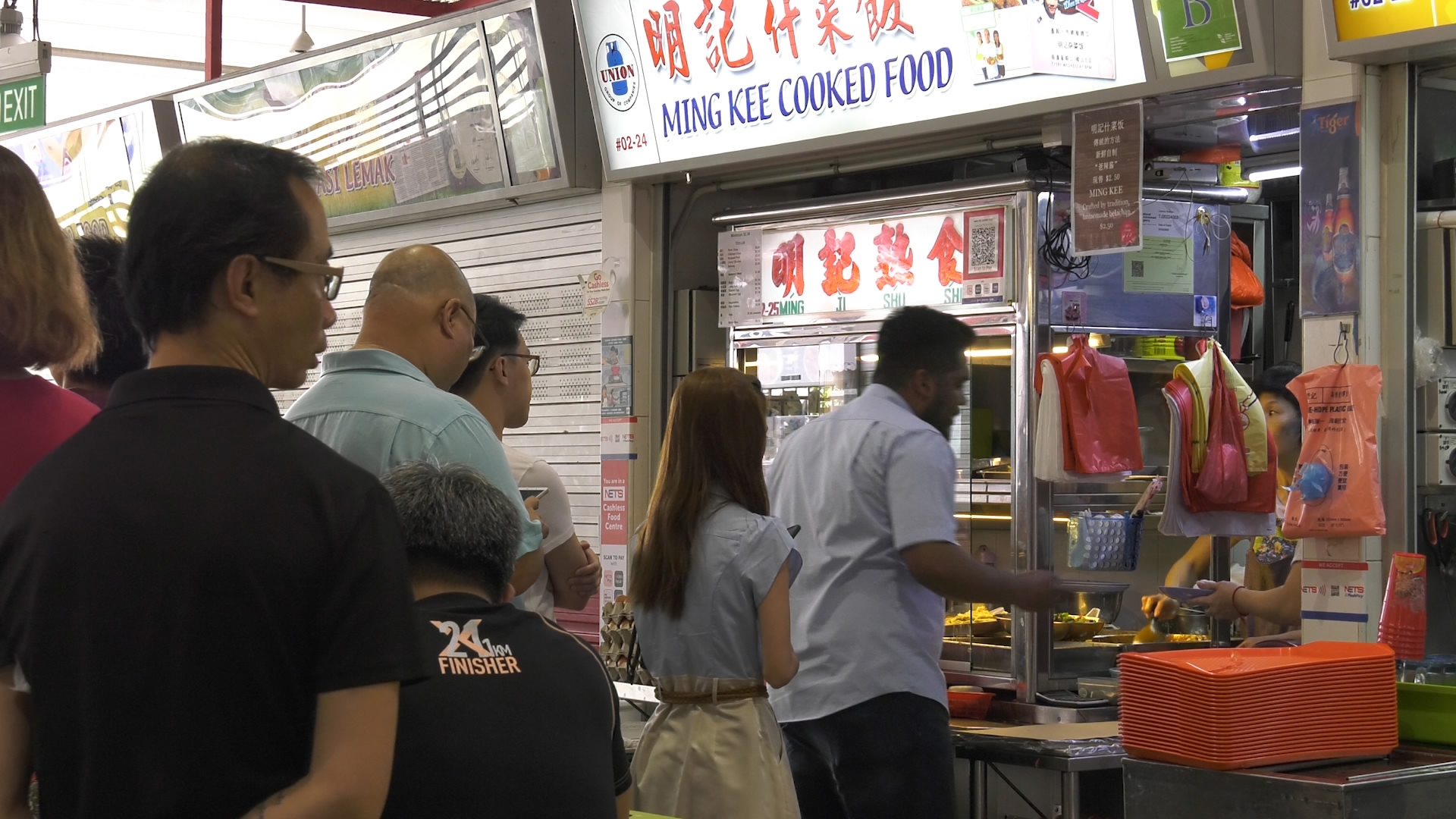
Business
15:03, 03-Dec-2017
Singapore's quest to become a cashless society
By CGTN’s Miro Lu

Highlights:
- Singapore is following China's footstep to go cashless
- Monetary Authority of Singapore leads the effort to develop a common QR code
- Reception to cashless payment method pilot project seems to be lukewarm
Singapore is one of the most digital savvy countries in the world, but the city-state says it is lagging behind China in terms of e-payment, and is catching up.
In August, Singapore’s Prime Minister Lee Hsien Loong dedicated a part of his National Day speech to illustrating how popular e-payment is in China, and how backward Singapore has become.
“Indeed, in major Chinese cities, cash has become obsolete,” Lee said.
Singapore does have e-payment systems, but there were too many different schemes and systems that do not link to each another. So, while the e-payment trend in China started off as an initiative led by the private sector, it has become a national priority for the city-state, with the Monetary Authority of Singapore leading the effort to integrate the system and develop a common QR code in Singapore, known as SGQR.

MAS launches SGQR, a common QR code in Singapore. /CGTN Photo
MAS launches SGQR, a common QR code in Singapore. /CGTN Photo
Noting the differences in approach in China and Singapore, Sopnendu Mohanty, chief Fintech officer from MAS said that there had previously been a “huge gap” in China, which allowed the large players or the innovative companies to build on.

Sopnendu Mohanty, chief FinTech officer of Monetary Authority of Singapore shares exclusively with CGTN on Singapore’s push to go cashless. /CGTN Photo
Sopnendu Mohanty, chief FinTech officer of Monetary Authority of Singapore shares exclusively with CGTN on Singapore’s push to go cashless. /CGTN Photo
“In Singapore, it’s almost a reverse story. Very strong electronic platforms already existed, so there’s an incremental need to solve that customer pinpoint to the cellphone. So as a policy maker, we came top down,” he added.
Singapore’s push for wider use of e-payment presents a good opportunity for Chinese companies, such as mobile payment company Alipay, as it expands its presence in Singapore. In August, the company launched a local e-wallet in Singapore and ComfortDelgro – the largest taxi operator in Singapore – introduced the e-payment option in all of its cabs.

Chinese e-payment company Alipay collaborates with ComfortDelgro, the largest taxi operator in Singapore. /CGTN Photo
Chinese e-payment company Alipay collaborates with ComfortDelgro, the largest taxi operator in Singapore. /CGTN Photo
Cashless payment was also implemented in Tanjong Pagar Market and Food Center as part of a pilot project.

Tanjong Pagar Plaza Market and Food Center, the first hawker center in Singapore to adopt the QR code payment system /CGTN Photo
Tanjong Pagar Plaza Market and Food Center, the first hawker center in Singapore to adopt the QR code payment system /CGTN Photo
However, from our observation, reception seems to be lukewarm.
“I use cash, because all along I’ve been using cash for payment and I’m used to it,” one lady told us.
For some of the stall owners, the technology seems to bring more inconvenience to them.
“Some of us do not know how to use it (the QR code) and when we went to the bank to check the account, out of four transactions, we only received payment for one,” one said.
Benson Low, chairman of the food center's association, agreed that many are not used to the cashless method and it might take a few years before people change their payment habit.
4481km

SITEMAP
Copyright © 2018 CGTN. Beijing ICP prepared NO.16065310-3
Copyright © 2018 CGTN. Beijing ICP prepared NO.16065310-3